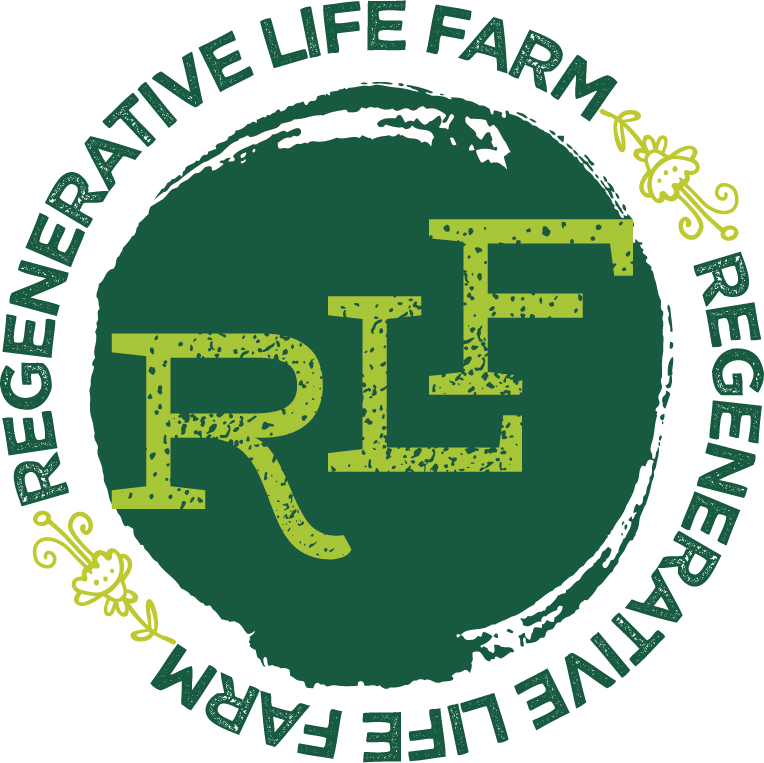The Earth Breaths
This appeared in the July 16, 2020 edition of The Fish Wrap
Respiration is one of the characteristics we use to distinguish living things from non-living things. From the first inhale of a newborn to the last time we exhale, breath is life. Like people, trees, whales and butterflies - the earth also breathes. Think of the same effect that tides have on the oceans, but on the groundwater. Every 12 hours the waters rise a tiny bit and then recede, pushing out then pulling in air.
Burrowers, bugs and bacteria that live in the soil are all breathing. Plant roots create tubes in the soil and when the plant dies and decays, the tube remains, allowing air flow between the surface and deeper layers. When the soil is tilled, all the pathways are disrupted, cutting off the air supply for the ecosystem. This leads to compacted soil which bakes in the sun, runs off more water than it collects and has poor gas exchange.
Soil breathing is one of the ways nutrients and minerals get into the soil and then into our food. The organisms living in the soil are able to fix nutrients into usable forms by plants, including nitrogen, which is abundant in the atmosphere all around us. Healthy soil has a supportive balance of nutrients ‘fixed’ in it by the biological processes of the organisms in the soil.
The human race has its knee on the neck of the earth. Each year, the soil has less biological life, more and more topsoil in the gulf, and requires more inputs to produce crops. Nature is equipped to use air, water, soil and organisms working together to produce all the abundance needed to support human life for generations to come. Shifting focus to soil health can ease the pressure very quickly. Let the earth breath.
